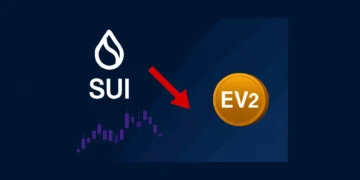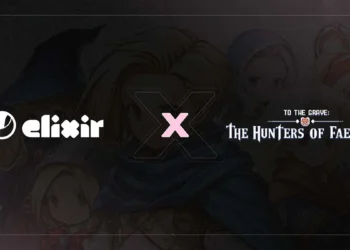Quick Take
- Moca Chain is a modular L1 focused on identity, data, and zero-knowledge proof-based verification
- Users control their data while businesses issue and verify credentials across any chain
- $MOCA token powers storage, staking, verification, and zkTLS-based data generation
Moca Network has announced Moca Chain, a modular EVM-compatible Layer 1 blockchain built to serve as a decentralized infrastructure layer for digital identity and user-owned data. Designed for interoperability, privacy, and real-world use cases, Moca Chain positions itself not as a competing smart contract platform, but as an identity-focused layer that sits across chains.
The protocol’s goal is to unify fragmented identity systems and eliminate repeated verification processes across platforms. Using zero-knowledge proofs (ZKPs), users can validate credentials across any app or chain without revealing underlying data. Moca Chain includes decentralized data storage, zkTLS modules for off-chain web data onboarding, and an Identity Oracle for cross-chain proof routing.
The system centers around the $MOCA token, which handles validator staking, credential issuance, gas fees, and data storage. Verifiers must pay $MOCA to check credentials, while issuers set pricing models. As more apps onboard user data, $MOCA becomes the payment layer for a data-driven economy. A second version of the tokenomics model is set to be released ahead of mainnet.
Moca Chain will launch with AIR Kit as its default integration layer. The SDK includes tools for account creation, identity modules, and verifiable credentials. AIR Kit enables any app or wallet to plug directly into the Moca Chain credential flow. That includes issuing and storing encrypted credentials, then allowing users to generate proofs for third-party verification without exposing the raw data.
Example use cases already shared include healthcare providers verifying prescriptions based on on-chain medical records, apps checking educational or work histories, and protocols offering KYC-compliant onboarding without requiring sensitive user data. Consumers can also prove loyalty status or spending history to unlock targeted rewards, all without disclosing wallet contents or transaction histories.
The credential lifecycle on Moca Chain creates a closed loop where $MOCA flows between issuers, verifiers, and users. Every issued credential requires $MOCA-backed storage and is accessible only via user consent. Verification fees and ZK data generation also consume the token. According to Moca Network, this model aims to shift value away from platforms and back toward end users.
Moca Chain’s testnet is expected in Q3 2025, followed by mainnet in Q4. Animoca Brands will serve as the initial ecosystem backbone, connecting over 540 companies and 700 million users to the network through its portfolio. Integration partners already include SK Planet, OneFootball, and multiple Animoca subsidiaries.
Unlike traditional L1s that seek TVL, Moca Chain is positioned as a data layer working across verticals. It doesn’t silo ecosystems but instead offers standardized identity primitives to apps, protocols, and enterprises. That includes industries ranging from gaming and education to creator tools, advertising, and financial compliance.
What Is Moca Chain?
Moca Chain is a Layer 1 blockchain built by Moca Network to enable self-sovereign, cross-chain digital identity and data verification. It uses ZKPs, decentralized storage, and AIR Kit integration to support credential issuance and validation without exposing user data. $MOCA is the native token powering all network functions.







